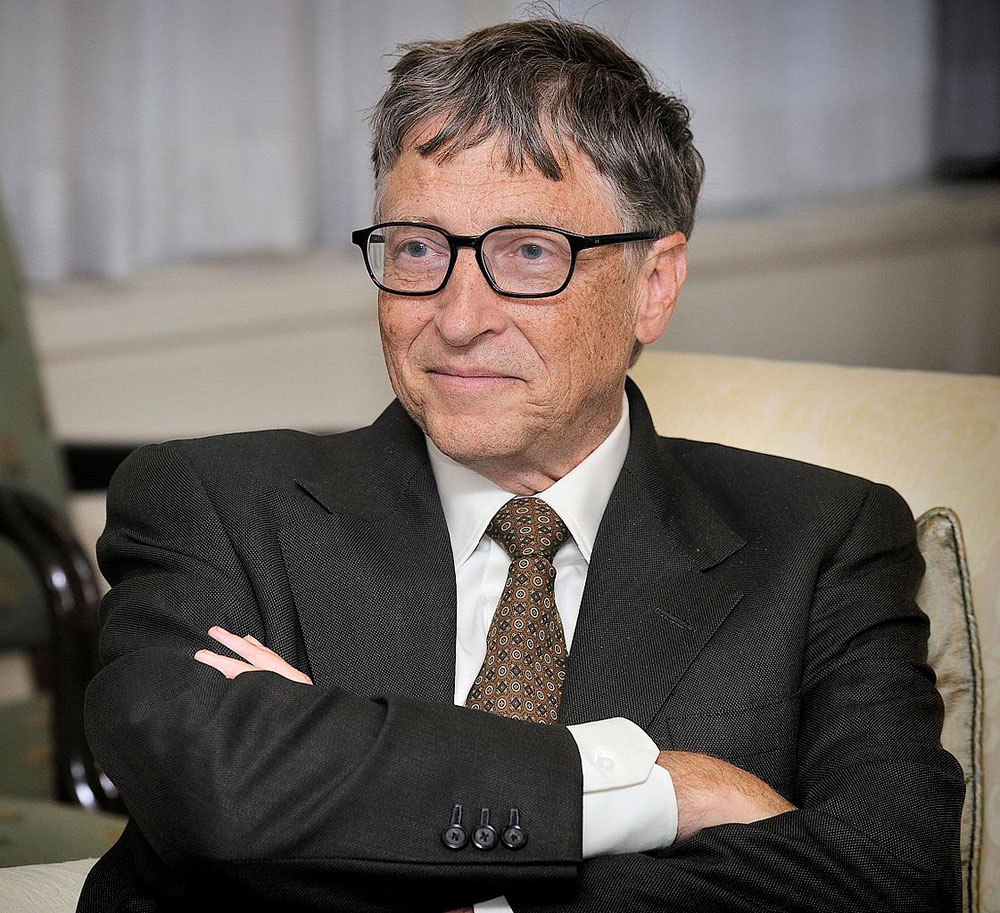
March 17, 2020; The Nation
Bill Gates has a very clear vision for making the world a better place and of the ways responsible philanthropists can best use their resources. His charitable foundation, powered by its $50 billion in assets, translates this perspective into action on a global scale. His charitable investments are large and influential, often overshadowing government efforts. A new generation of mega-donors has followed a path laid down by the philanthropic model he has set. In a recent article in the Nation, Tim Schwab examines the Bill and Melinda Gates Foundation and the serious questions it raises about accountability and balancing public and private interests.
For a clear view of how Bill Gates sees the world, or at least how he did a decade ago, one might turn to his speech to the World Economic Forum in 2008. Gates saw a capitalist system that left too many on the outside looking in. “The great advances in the world have often aggravated the inequities in the world. The least needy see the most improvement, and the most needy see the least.” He blamed “market incentives” for this disparity, and he prescribed turning to “creative capitalism” as a fix, “an approach where governments, businesses, and nonprofits work together to stretch the reach of market forces so that more people can make a profit, or gain recognition, doing work that eases the world’s inequities.”
From this perspective, the skill, experience, and wisdom of a philanthropist is as important as the wealth they bring. So too, as Bill Gates explains in a 2014 Gates Notes blog post, is the ability to operate outside existing government and philanthropic systems: “We fill the function that government cannot—making a lot of risky bets with the expectation that at least a few of them will show some success. At that point, governments can invest in innovations that have some track record, a much more comfortable role for them.”
With little oversight to mitigate a rich donor’s personal privilege, left out from this formula is the public’s interest. The scale of Gates’s generosity makes it hard to question his wisdom or his ethics. As Schwab writes, billions of dollars of grants annually have “created a blinding halo effect around his philanthropic work, as many of the institutions best placed to scrutinize his foundation are now funded by Gates, including academic think tanks that churn out uncritical reviews of its charitable efforts and news outlets that praise its giving or pass on investigating its influence.”
And the Bill and Melinda Gates Foundation doesn’t just spend its own money. As much as 40 percent of a foundation’s assets represent funds that otherwise would have been collected by governments as income and estate taxes. Ray Madoff, a law professor at Boston College, explained this misconception in comments to the Nation.
People often confuse what wealthy people are doing on their own dime and what [they’re] doing on our dime, and that’s one of the big problems about this debate. It’s the rich person’s money [to spend as they wish]. But when they get significant tax benefits, it’s also our money. And so that’s why we need to have rules about how they spend our money.
Sign up for our free newsletters
Subscribe to NPQ's newsletters to have our top stories delivered directly to your inbox.
By signing up, you agree to our privacy policy and terms of use, and to receive messages from NPQ and our partners.
Foundations can invest their assets with little oversight, and they can utilize these same companies to implement their charitable purpose. From Gates’s position, investment strategy and philanthropic investments are part of an integrated effort to maximize the benefit of their resources. But it leads to the potential for a disturbing conflict of interest.
The Foundation’s funds have been well invested. According to the Nation, it has earned “$28.5 billion in investment income over the last five years. During the same period, the foundation has given away only $23.5 billion in charitable grants.” At the same time, the Foundation has turned to companies where they have invested to implement their charitable program. The Foundation has made more than $250 million in charitable grants “to companies in which the foundation holds corporate stocks and bonds…with the grants directed at projects like developing new drugs and health monitoring systems and creating mobile banking services.”
Linsey McGoey, a professor of sociology at the University of Essex, sees this as dangerous conflict. “It’s been a quite unprecedented development, the amount that the Gates Foundation is gifting to corporations,” says McGoey. “I find that flabbergasting, frankly. They’ve created one of the most problematic precedents in the history of foundation giving by essentially opening the door for corporations to see themselves as deserving charity claimants at a time when corporate profits are at an all-time high.”
The Gates Foundation invests in advocating for public policies they believe to be important. These efforts also have the potential to be self-serving. Dating back to his Microsoft days, Gates strongly supports patent protections. It’s no surprise, then, that the Gates Foundation has worked to strengthen intellectual property rights—including those over patented pharmaceuticals. Schwab observes, “These patent protections are widely criticized for making lifesaving drugs prohibitively expensive, particularly in the developing world.”
In fact, James Love, the director of the nonprofit Knowledge Ecology International, highlights the fallacy that may underlie “creative capitalism” when he notes that Gates “gives so much money to [fight] poverty, and yet he’s the biggest obstacle on a lot of reforms.”
There’s also a lack of evidence that success in business translates into success in tackling big problems like wealth inequality, health, and education—all areas the Gates Foundation prioritizes. (NPQ has extensively covered the Gates Foundation’s inability to translate its personal approaches to solving problems into successful interventions.) Add to that the potential for serious conflicts of interest and misuse of tax-exempt funds, and we are left with serious questions about the current laissez-faire approach to foundations.
An underfunded Internal Revenue Service is unable to hold foundations accountable. Big foundations’ generosity makes others unlikely to openly challenge them. We are left to wonder if the power of mega-philanthropists has become uncontrollable. If so, we can only hope they are as wise as they believe themselves to be.—Martin Levine











